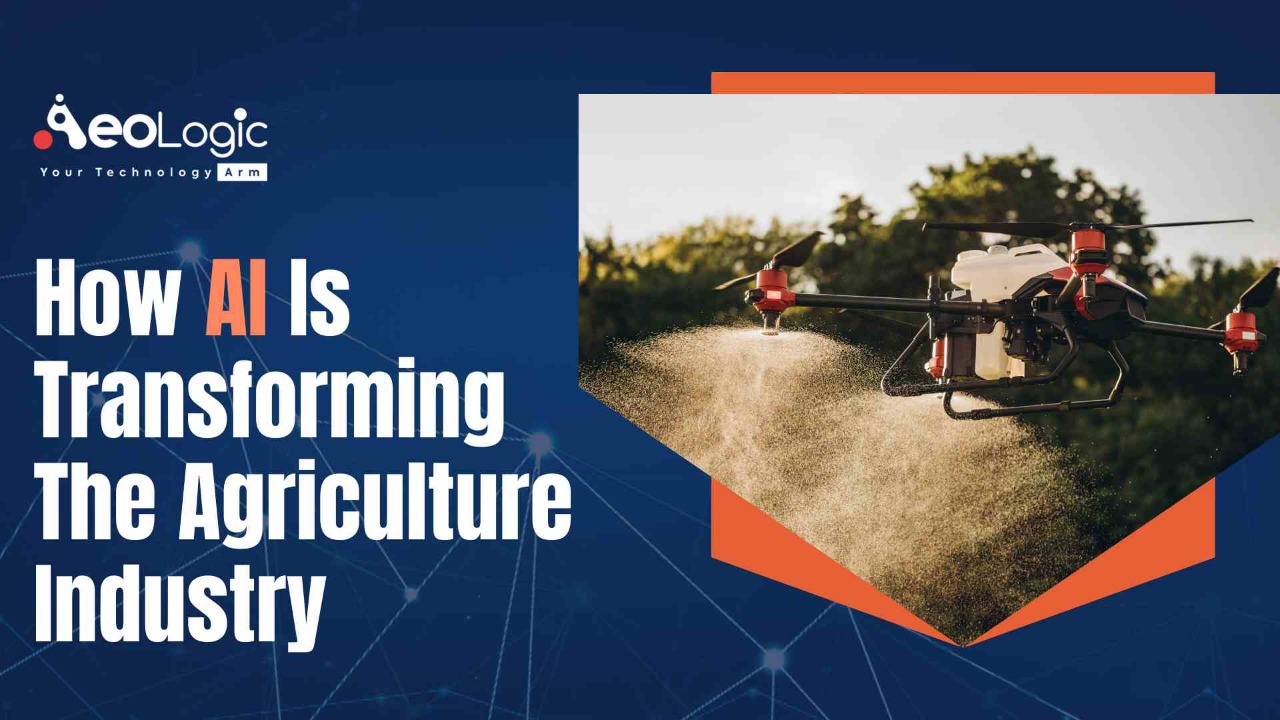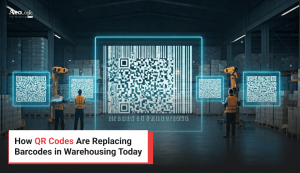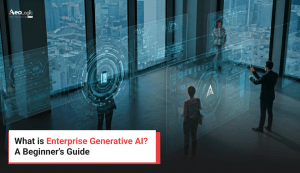Agriculture plays an important role in sustaining our society, and evolving agriculture practices is essential to support the rapidly increasing population. To improve the agriculture industry and the ever-growing food demand, the technology industry has been offering huge support. With digital transformation as a catalyst for agricultural growth, artificial intelligence (AI) in the agriculture industry, has proven extremely beneficial. Farming and agriculture are one of the oldest and most important professions in the world. Humanity has come a long way over the years.
The advent of various technologies has changed the approach to farming and growing crops. Since the world population continues to increase and land is becoming scarcer. People need to get creative. And become more efficient about farming, using less land to produce more crops. As well as maximizing the productivity and yield of those farmed acres.
Also read: How Technology Is Boosting the Agriculture Industry
What do the stats say?
Globally, agriculture is a $5 trillion industry. Now the industry is turning to AI technologies to aid in yielding healthier crops, controlling pests, and monitoring soil and growing conditions. Additionally, organizing data for farmers, helping with the workload, and improving a wide range of agriculture-related tasks in the entire food supply chain. AI in the agriculture industry has massive uses. There’s no uncertainty that crop yields, quality, and labor practices are more efficient now than they were 500, or even 50 years ago.
Nevertheless, there’s still a major need for improvements.
The worldwide human population is increasing, with an estimated 9.9 billion on the planet by 2050. Moreover, food demand is projected to jump 35%- 56% in that time. And also mention the climatic changes that make resources like water and farmable land scarcer. Fortunately, technology has provided a solution which is AI in the agriculture industry.
Benefiting from computer vision technology for crop and soil monitoring to disease detection and predictive analytics, the agriculture industry is entering a whole new phase of evolution. Forbes has reported that global spending on “smart” agriculture is expected to triple to $15.3 billion by 2025. This includes AI and machine learning. Also, research stated that the market size of AI in the agriculture industry should expect a compound annual growth rate (CAGR) of 20%, reaching $2.5 billion by 2026.
Ways in which AI is Transforming Agriculture
Analyzing Soil Condition and Guiding Plantation
Before planting a new crop, analyzing the condition of the soil is vital for deciding on the next crop and its success. This is a complex process. Furthermore, it requires checking the condition of the soil, temperature, and humidity in the climate. Failing to take note of this can lead to a severe loss of crops for farmers. Here is where AI can come into play.
In many countries, farmers are adopting different digital solutions such as AI. It helps in analyzing data coming from various remote sensors regarding soil nature, temperature data, previous crop data, etc. The AI algorithm-based predictive analytics tool can study this data. As well as it can suggest solutions to make informed decisions. Such as the nature of the land, soil fertility, and type of crop to be sowed. Therefore, helping farmers in achieving maximum harvest.
Providing Predictive Maintenance of the Crop
Drones powered by AI capabilities can assist farmers to improve their crop yields and decrease capital costs. Pre-trained drones can capture plant images. And then use AI algorithms to analyze plants, pests, and diseases. Hence accordingly recommend solutions. These same drones can even find weeds. Moreover, it can predict their impact on overall harvest productivity. As well as spray pesticides and fertilizers to the respective affected area of plants in the overall crop.
Reducing Labor Costs
The conventional practice of crop maintenance needs higher costs. Also, it is a laborious task if completed manually. This process is also susceptible to error. With advanced analytics and AI-driven computer vision technology, this conventional practice becomes a lot easier for the farmer. Nonetheless, it can also reduce the cost of labor.
The same technology can be used in harvesting too. For instance, if a farmer has acres of crops of apples. These are ready to be harvested. Deploying a robotic arm with computer vision technology to recognize and plucking of the fruit is significantly faster than manual picking. This enhances production speed and helps decrease labor costs.
Insect and plant disease detection
Using image recognition technology based on deep learning, we can now automate the detection of pests and plant diseases. This operates using an image classification, detection, and image segmentation approach to build models that can “keep an eye” on plant health.
Also read: How Digitization Improves Supply Chain Efficiency, Agility, and Customer Focus
Conclusion
To conclude, AI in the agriculture industry solves the scarcity of resources and labor. to a large extent. Moreover, it will be a powerful tool that can assist organizations to cope with the growing amount of complexity in modern agriculture. It is high time that big companies invest in this arena.
If you are looking forward to investing in technologies then kindly contact us at Aeologic Technologies.
FAQs
What are the challenges encountered in using AI in agriculture?
Lengthy technological processes, lack of experience with emerging technologies, and privacy and security issues are some of the challenges.
What are the applications of AI in agriculture?
Crop and soil monitoring, livestock health monitoring, intelligent spraying, automatic weeding, aerial survey, and imaging are some of the applications.








